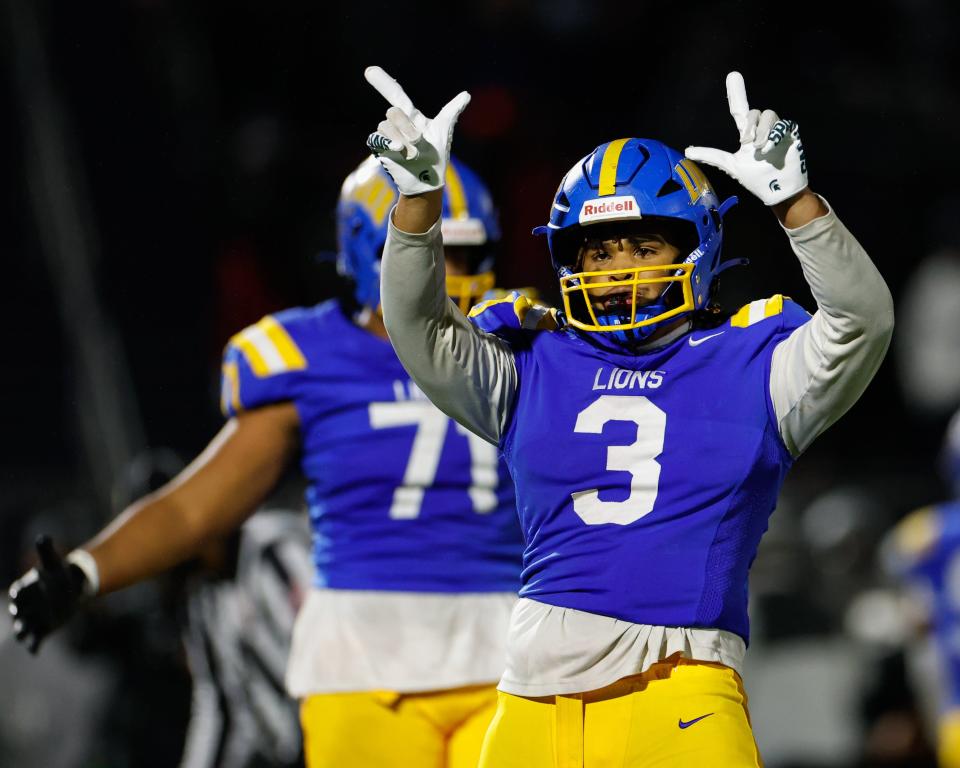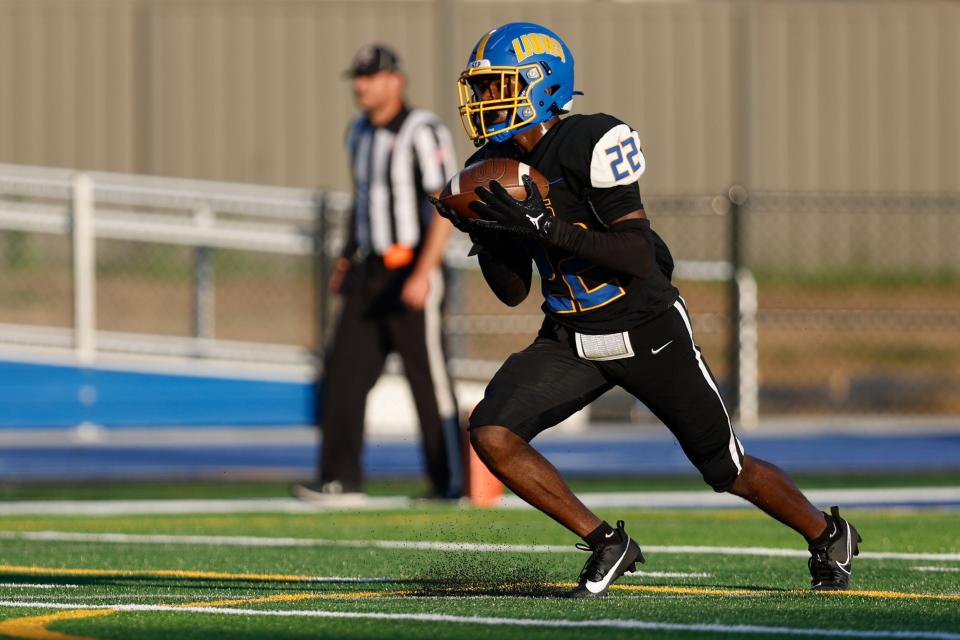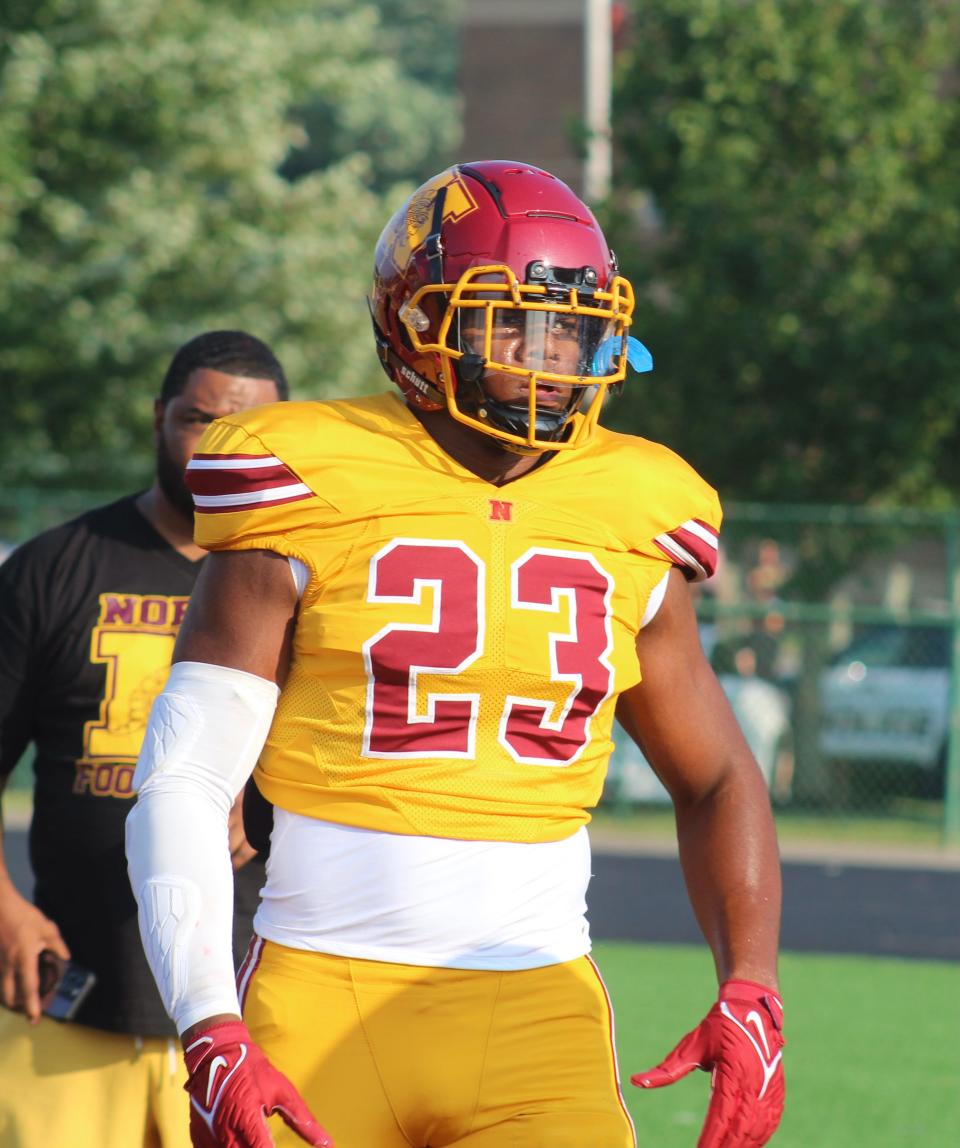How OHSAA administers transfer rules for Ohio high school students, and why it matters
It’s as much a buzzword in high school sports as “championship,” “practice” or – expanding one word into three – “public versus private.”
Transfer.
Student-athletes have transferred between schools for decades, often in pursuit of a better personal situation, to be part of a successful program or both.
Just as often, questions follow.
While the Ohio High School Athletic Association has tightened rules and exceptions regarding transfers in recent years, some confusion remains.
Here are answers to some of the most commonly asked questions about transfers for high school athletes:

What is a transfer?
Any student who moves from one school to another or changes between home and traditional schooling, regardless of whether their physical home address changes, is considered a transfer.
If a student-athlete participates in a game, practice or scrimmage with a team at a school in which they have not attended or been enrolled, they are considered a transfer.
What is the transfer rule?
At its essence, transfers are ineligible for the second half of their sport’s regular season plus any postseason contests. That rule, which was approved in 2018, is in place for any sports in which the student-athlete participated in the year preceding their transfer.
The previous rule was that athletes had to sit out the first half of their season and could play thereafter, including in tournaments.
Athletes who did not play a given sport in the previous year are not subject to that rule.
Of course, there are exceptions – 13, to be exact. More on those below.

Why is there a rule in place?
Kristin Ronai, the OHSAA’s director of compliance and legislative affairs, explained it this way:
“People always say it is to prevent recruiting and kids going to different schools. We have a different recruiting bylaw … but (transfer rules) are basically intended to help kids maintain a stable school placement. There is some data that supports (the theory that) a student who maintains that stable school placement generally has the chance to do better academically, but the membership has acknowledged that there are situations that force a student to transfer.”
Ronai said there was “a significant decrease” in transfers during and around the COVID-19 pandemic, but that has returned to a more normal caseload of about 1,300 requests being processed by the OHSAA per year.
Why transfer in the first place?
For any number of reasons, from simply moving from one district to another to wanting to play in a different or more successful program – or one at a larger school, in theory gaining more exposure to and attention from college coaches – or moving between one parent/guardian and the other.
Family situations beyond the student-athlete’s control also can play a factor.
A measure passed last year states that once a student moves from one legal guardian to another in a different school district, the student cannot transfer back to their previous school for at least a calendar year.

Back to those exceptions. What are they?
There are 13 exceptions, one of which may apply to a transferring student. School administrators and the OHSAA staff must take action for exceptions to be applied.
Those address physical moves, changes in custody, closure of schools, self-supporting students, bullying issues and discontinuance of sports at the home school among other issues.
Is there a difference in transferring between public and private schools?
All athletes are entitled to one transfer to the public high school in the district where their family has lived for at least a year, but pursuant to OHSAA bylaw 7-4-2, it does not apply when a student moves from one parent to the other under a shared parenting plan.
Private-school athletes also get a one-time transfer if they are returning to the private system they previously attended.
Otherwise, public and private schools are treated the same under OHSAA transfer rules.

My sport isn’t offered by my school. Can I play for another school without transferring?
If you’re a public-school athlete, no – at least not yet.
An OHSAA referendum item that would have allowed public-school athletes to play a sport at a neighboring school if that sport wasn’t offered by their home school failed 427-374 last May. The previous year, it failed by only 13 votes, a margin the OHSAA said at the time was the closest in its “documented” history.
However, athletes at private schools are eligible to play a sport at their home public school if that sport is not offered at their private school. That is pursuant to state law.
So, for instance, a lacrosse player who attends Fisher Catholic but lives in the Pickerington district could play that sport for either Central or North, depending on the side of the district in which they live, because Fisher does not offer lacrosse.
If the private school begins offering that sport while its student is participating with the public school, that student can continue playing for the public school for the remainder of the season.
If I transfer or move during my season, am I still eligible?
The vast majority of the time, no, but exceptions may be made for student-athletes who move more than 50 miles from their previous school.
According to Ronai, if a student-athlete qualifies for an exception, they would have to sit out the remainder of their current season but gain eligibility the next year. Otherwise, they have to sit out the equivalent of half the regular season, even if that extends into the next year.
This article originally appeared on The Columbus Dispatch: Ohio High School Athletic Association transfer rules explained

